Why VR Analytics Is Critical To Prove ROI



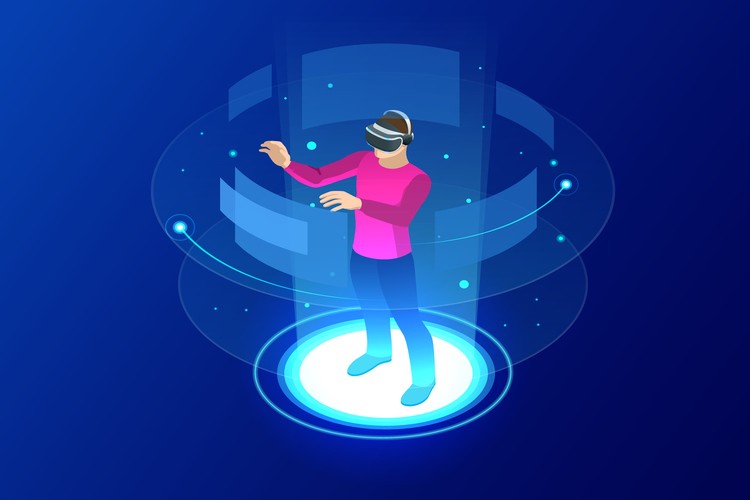
Why VR Analytics Is Critical To Prove ROI
A 2019 survey by VR Intelligence found that 54.2% of companies aren’t integrating VR into their business due to the lack of strong use cases and proof of ROI.
If you’re not tracking VR analytics, how do you know what works and what doesn’t?
How do you prove ROI?
The implementation of VR puts you ahead of the competition only if you capture quantitative and qualitative data. After all, VR has become a staple in many industries-- training, product development, manufacturing and more.
The hard truth is that if you’re not capturing quantitative and qualitative data within VR, then all you’re doing is guessing.
In this blog we’ll cover why capturing VR analytics is crucial to the success of your VR efforts and how it can be applied to specific industries.
VR Analytics: A Fundamental Shift in Tracking
VR delivers a completely new way for users to experience content. For the first time, businesses have the ability to track users in a 3D space instead of through a 2D screen. In these 3D environments, traditional metrics can't capture the depth of data available.
User behavior in 2D screens such as mobile and the web are measured by:
- Clicks
- Scrolls
- Swipes
- Taps
With the introduction of VR and room scale tracking, new metrics are needed to better understand user behavior. We call these new metrics spatial data because its purpose is to specifically capture user actions in 3D environments.
Types of VR Specific Metrics
Below is a quick overview of some metrics captured in VR.
Eye Tracking - See through the eyes of users and what draws their attention.

User Interactions - How users interact with objects in the simulation.

Pathing - Track 3D spatial data for where users are and how they move through the simulation.
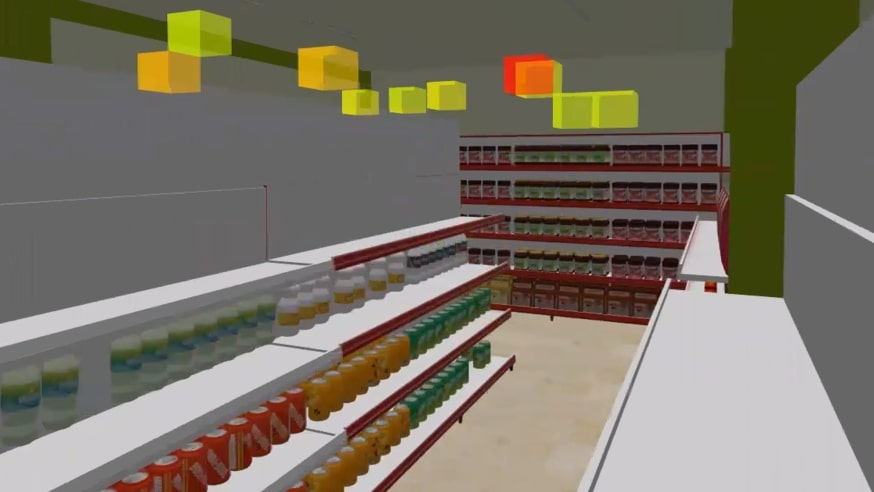
Biometrics - Measure the emotional state of users.
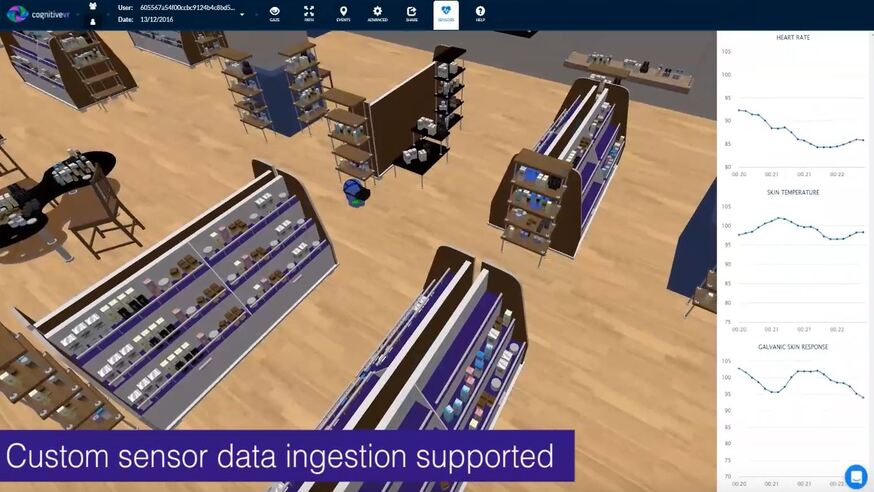
How to Implement VR Analytics
If you’re not tracking these metrics to improve your business, then you’re being left behind.
Companies are using these metrics to:
- Develop better products
- Train employees more effectively, efficiently and at a lower cost.
- Understand customer buying behaviors.
By measuring success, they can make informed decisions based on data. VR gives companies the ability to control and change factors within the simulation as needed. But this won't mean anything unless they understand how their changes are affecting the results.
VR Analytics Industry Use Cases
Below is an overview of different ways VR analytics is being applied across different industries.
Retail
Traditionally, retail companies tested store layouts by creating live models. This makes testing expensive and time consuming. By using VR, retailers can change stimuli, signage and layouts on the fly without any additional costs. They can also see how users move through the store in first person.
Kellogg’s increased brand sales by 18% by using eye tracking and VR analytics. Read more

- Where they spend most of their time in store.
- The emotional state of customers when they see a product.
- Observe what parts of the product label attract their attention.
- How do customers interact with the products on the shelves.
- Test sign and product placement in shelves.
Training
Using VR to train your employees isn’t a magic pill. A poorly structured training simulation will be limited no matter what platform it’s done through. This is why it’s crucial to know what’s working.
Accenture increased average task completion rate by 12% with VR analytics. Read more
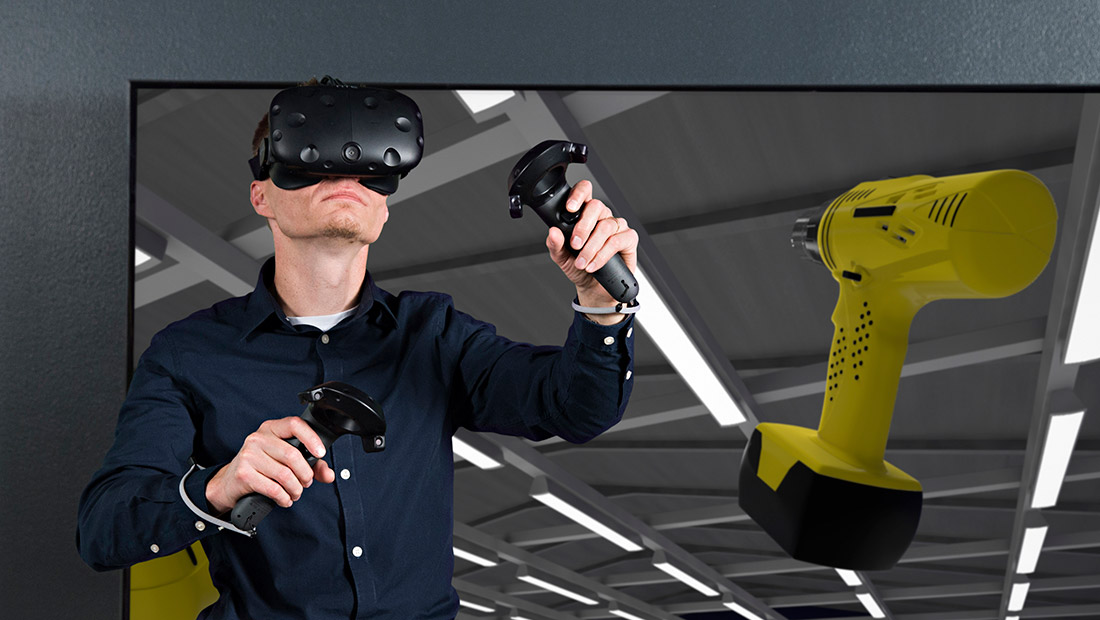
Image via: Intopalo
- Measure the time it takes for trainees to reach an acceptable level of proficiency.
- Establish standards for when trainees are ready to perform live tasks on the field.
- Decrease task time to completion by providing trainees with repeatable scenarios at little to no extra cost.
- Track task burn down rate to see which steps trainees struggle with the most.
- Trainees can be safely trained and evaluated for dangerous scenarios
Product Development:
Companies spend millions to develop product prototypes. VR lets businesses create virtual prototypes much faster and iterations can be done much cheaper.
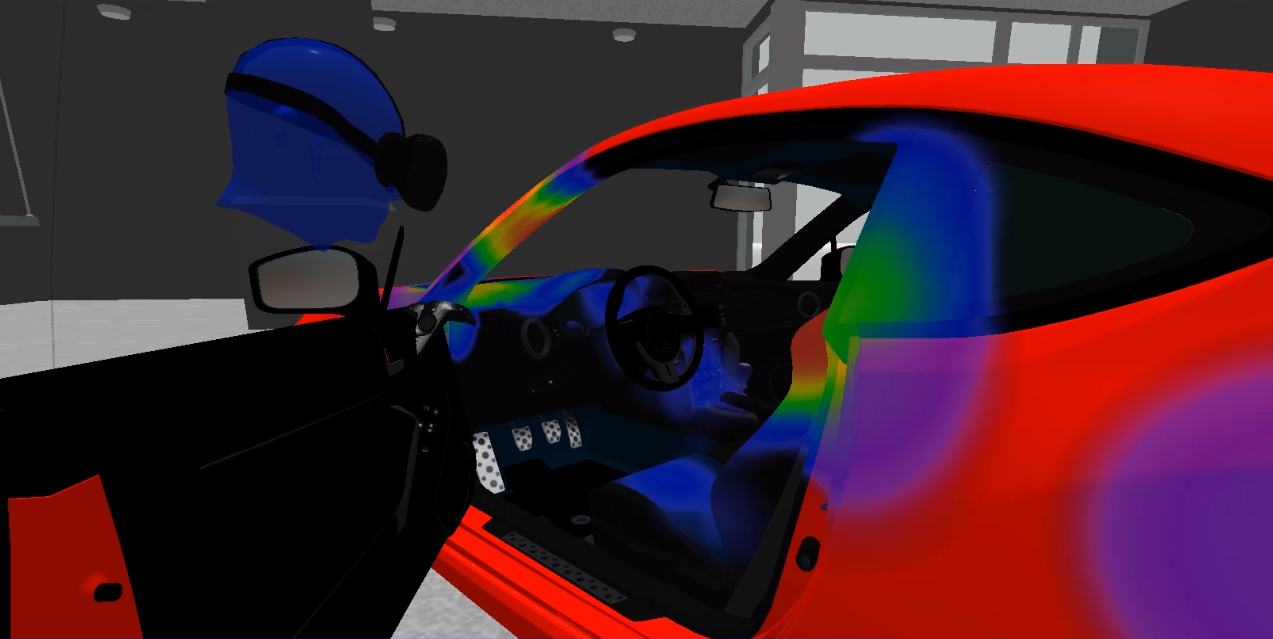
- The ability to test hypotheses before creating live products.
- Test product features to see what their eyes focus on.
- Biometric sensors can assess what features get customers excited.
- Vehicle manufacturers can test interior features easier. For example: they may ask a customer to turn up the volume and measure their time-to-fixation to see if the new volume control was easy to find.
How to get started with VR Analytics
To recap, the best way to prove ROI from your VR implementations is to track and directly measure results.
If you’re not doing that, then you’ll be left behind by your competitors.
At Cognitive3D we make it easy for you to set up analytics.
We are headset agnostic and support a number of software engines such as Unity, Unreal, C++ and JS.
This means you can simply install our SDK and connect your headset to receive analytics.